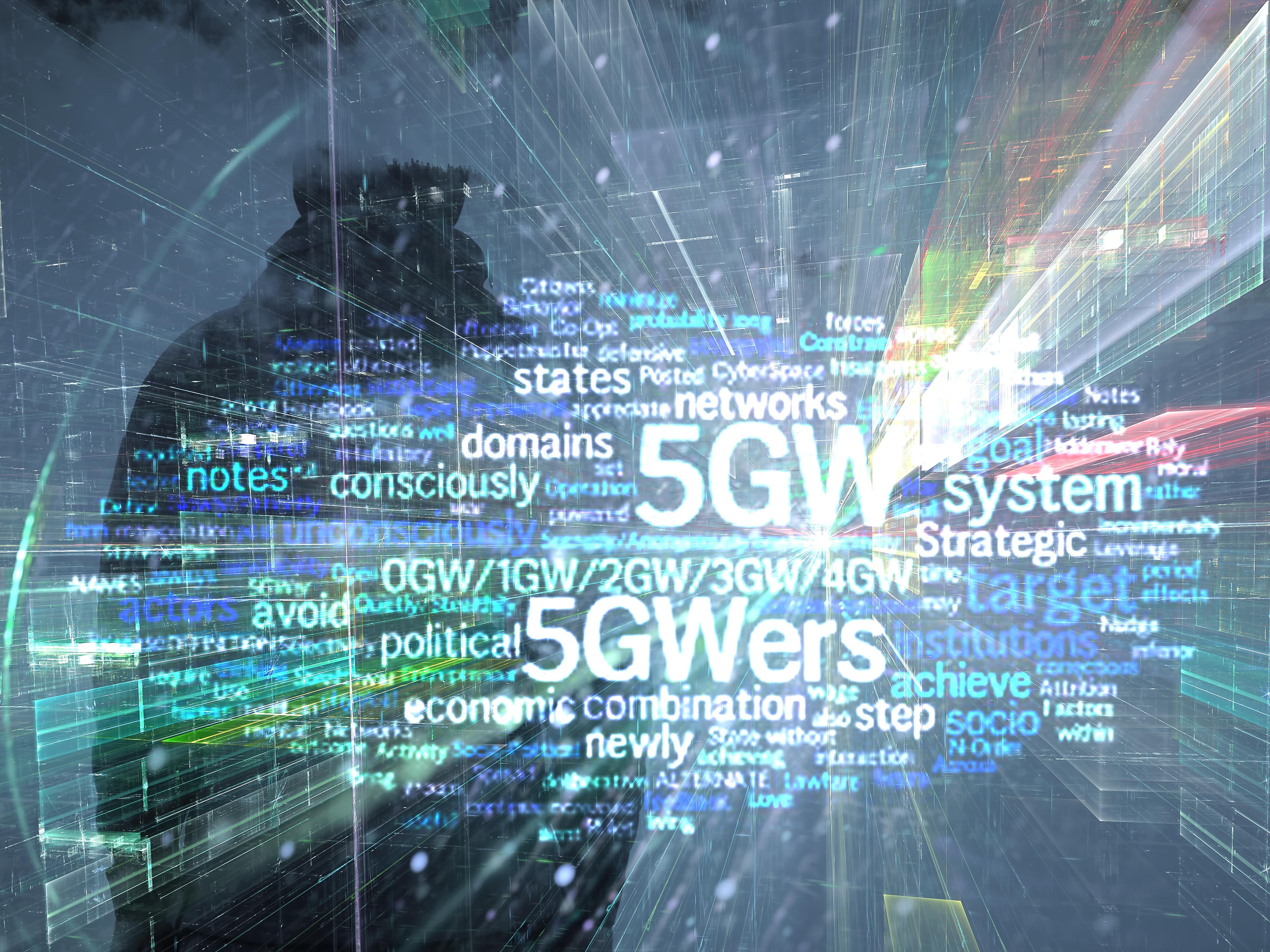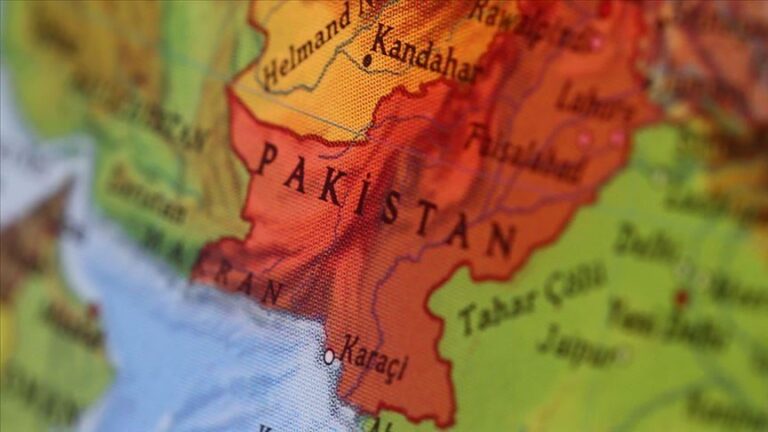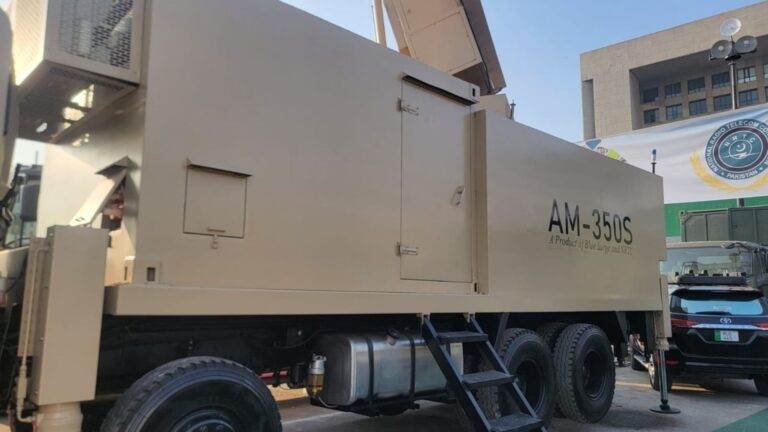
Source: Shutterstock
Khalid Banuri
“War has rules, but few of them involve fighting by the Queen’s rules.”
– Frank Borrelli 5th Generation Warfare
In the early 2000s, while delivering a talk to postgraduate students on ‘the new faces of war’,I deliberated over the ‘Revolution in Military Affairs’ or RMA, which had become a buzz word since the 1980s. During the ensuing discussion, I made an observation, which may seem like stating the obvious in today’s parlance, that a significant weapon of the future would be the keyboard. Almost two decades later, while the buzz words may have changed now, what still remains relevant to the military debate is how warfare has evolved over time, arguably in the backdrop of its two important ingredients – tactics and technology. This in turn helps to determine the so called ‘generations of warfare’.
The narrative regarding the 1st, 2nd and 3rd generation warfare may suggest that the dividing lines amongst the initial generations of warfare were not much hard or fixed. The evolution was usually slow but on occasions much swifter too. However, technology remained much easier to classify than the generational change in tactics.
While there are many descriptions of the initial generations of warfare, military history suggests that the Napoleonic approach brought in a considerable generational change. He switched from the usual practice of frontal attacks that invariably led to huge attrition, and introduced maneuver warfare by opting to swing in from the flanks. He can also be given the credit for what we know today as military Corps, which in turn made command and control easier through effective delegation. An important development on technology side was the advent of machine guns around WWI, which brought focus on trench warfare to reduce attrition that went up to the tune of 9 million deaths.
The second important development was the tanks, akin somewhat to the artillery on the move. While both sides of the divide possessed tanks, the Germans brought in a conceptual change through Blitzkrieg, by combining maneuver, speed and range. In the same vein, the evolutionary pattern of air power is also an interesting topic. Initially seen as a mere extension of artillery, air power gradually went through colossal transformation, till for example, in the Gulf War which exemplified joint and combined air operations with optimum efficiency. These were thus the classic notions with incremental advancements with both tactics and technologies that primarily involved purely military equipment or strategies.
However, the postmodern 4th generation warfare since 1989 brought with it a gigantic conceptual change – to somewhat de-centralized form of warfare – thereby blurring the lines between war and politics, or between combatants and civilians. This inter alia, challenged some of the notions that the post WW2 communities had worked hard to develop into laws of armed conflict, especially the four Geneva Conventions of 1949 and their related protocols that dealt with the conduct of war. The major aspect that came back with a vengeance was the role of the non-state actors in a world marred with violent conflict in the aftermath of the breakup of the Soviet Union. Use of terrorism as a tactic led to highly decentralized warfare, sophisticated psy-ops, media manipulation, etc, by the non-state entities, who aimed to convince the enemy’s political decision makers that their goals are either unachievable or too costly for the perceived benefit.
The classic description of irregular armed groups indulging in urban warfare was manifest, e.g., in Iraq, where insurgency and guerrilla tactics were rampant. The actors generally lacked any formal structure or hierarchy, kept a low profile and operated in very small units. The political centers of gravity also transformed to revolve around nationalism, religion, family or clan honor. The Vietnamese experience may be a case in point where soldiers were killed by non-uniformed fighters, or booby-traps, or by children carrying IEDs. The 4th generation warfare has been criticized on occasions for being “nothing more than repackaging of the traditional clash between the non-state insurgent and the soldiers of a nation-state.”
Though the latest buzzword is the 5th generation warfare, it can be argued that the 5th gen does not exist as yet and that the current situation can best be described as the 4+ generation. This does not involve regular armies, battle fronts or clear ideas, uses free-for-all surprise destruction rather than any coherent plan. Its battlefield could be cyberspace, banking systems, underground train management etc, with a single objective of instilling fear. Whether this should be termed as 4th gen or 5th depends upon what is viewed as generational change, e.g., the use and advent of Artificial Intelligence. Nevertheless, such warfare exploits the gap between war and peace, using all fronts be they economic, political, media, military, civilian. The tools involved include a wide scope: technology, globalization, fundamentalist tendencies, moral or ethical norms. It is often initiated by the smaller or weaker party, but that is not always the case. This kind of warfare is no more a military function alone, implying that all segments of the society, including the militaries, need to adapt to this changed phenomenon of a generational change. This in turn further blurs the line between diplomacy and war.
The above notwithstanding, for the purpose of this discussion, let us call this the 5th generation. However, it must also be said that several terminologies may now be interchangeable to depict 5th gen war though with some dissimilarities. These may include, network centric warfare, non-kinetic or hybrid operations, or more recently, the gray zone. In most situations, it would involve small groups, working under a centralized concept of operations (ConOps), which is executed independently, i.e., centralized command & control and decentralized execution – more of the same though.
For last few years, this 5th gen competition between a state and non state entities falls somewhere between traditional war and peace. Often times, it is ambiguous and opaque, remaining short of any classic use of military force. It may use the gaps between diplomacy and commercial or trade activities, such as the economic pressures that international financial institutions may employ on states in the developing world – all tactics remaining well below the threshold of any open conflict involving a military dimension. The lines of diplomacy and warfare thus get fuzzier – are we at war or not?
Such ambiguity invariably brings into question the legal dimension. While the UN Charter under its Article 51 identifies the justification of use of force as self defence, there appears to be no legal clarity in the gray zone or 5th gen warfare. But let us also remember that on occasions, both states and non-state actors have sought non-kinetic means to influence and coerce the other through information warfare, psy ops, espionage, economic coercion, etc. Thus the so called gray zone is not really new.
More recently, the advent of technology has led to addition of new vulnerabilities, for example, through the highly globalised and inter-connected world’s dependence on the internet. Various actors deliberately exploit such uncertainties to evade legal responsibility and minimize ensuing consequences. The classic gray zone discussion started by the US often questions the Russian or Chinese use of non-kinetic or non-traditional means but the US itself has continuously used similar tactics and technologies, often exploiting the legal gaps. In the post 9/11 world, the US created the PATRIOT Act which inter alia exploited the legal ambiguities. The Act’s full title which is an acronym, says it all – “Uniting and Strengthening America by Providing Appropriate Tools Required to Intercept and Obstruct Terrorism Act of 2001”. It conveniently ignored the Geneva Conventions under the garb of dealing with Al Qaeda detainees and held them secretly. It similarly created legal space for its interrogation in clear disregard to Convention against Torture (CAT).
The discussion on generational change is no doubt an interesting one. Before the 4th generation, warfare was based on pure military intent. During those times, after a decision was taken, the militaries were swiftly ordered to deploy, transported to the theatre of operations and the hot war started soon after. The whole process thus was primarily of the military action.
During the 5th generation, the requirements changed dramatically – the theatre of operations, read host country, had to be primed for what was to follow. This was new and different as it needed planning, time, effort and energy before the execution for dividends.
Now the ambiguity is about the enemy or even the targets. Seldom in 5th gen war are classic military targets. Such war may be aiming at economic coercion, diplomatic pressure, domestic subversion or unclaimed acts of terror, using equally ambiguous perpetrators, often hired or lured out of domestic populations.
The use of 5th gen gray zone tactics brings up a serious question whether the international community wants to sustain a legally correct world order that provides for strengthening international peace and security, or go the individual state’s way to exploit the gaps. The additional complexity to tackle would also include the mechanisms needed to handle highly organized non- state groups.
So what does this mean for Pakistan?
The confusion regarding whether or not the War on Terror is our war seems somewhat resolved now, but the uncertainty still persists about who exactly is the enemy, but more importantly, what this enemy sees as its target. We also need to accept and understand that the gray zone lies between the traditional understanding of peace and war. While at the domestic level, the source and the motives for the home grown terrorism may rest elsewhere – unhappy factions in one’s own or another country – there are some blatant foreign interests aiming to exploit Pakistan’s vulnerabilities, directly or indirectly. What should then be done to tackle such an enemy or its objectives?
Here are a few things states like ours can do.
First, Acceptability that the 5th gen warfare is genuine, meriting a national level strategy, and more importantly, that it is neither a purely military objective nor a purely civilian issue of concern.
Second, Comprehensiveness. The need for taking an ‘all hands on the deck’ approach. This implies involvement of domestic outfits, albeit with enhanced role and suitable structures on one hand; and a re-assessment of foreign policy goals and interests with a proposed medium-to-long term execution strategy, on the other. The primary objective thus would be to deny a fertile ground of operations to the adversary entities. That must remain in focus, so that the 5th generation tools of the adversary remain ineffective. This is of course easier said than done.
Third, Synergy. A significant challenge will be regarding creating synergies amongst various institutions and entities, as a crossdomain understanding of the objectives as well as challenges is essential that would require people with diverse skill sets to work together in small teams. Typically, this entails a centralized command & control, with decentralized execution. This is easier said than done, as it involves optimum efficiency at every rung of the ladder. While the militaries, or large corporations, are trained in such ways, not every part of the society necessarily may be ready to act as an efficient machine. This requires dedicated efforts in training and collaborations. This aside, this would invariably need us to evolve a feedback system including scenario building.
Fourth, Sustainable Development. Whatever can help mitigate the vulnerabilities to such gray zone impact needs to be done anyway such as economic development, creating jobs, encouraging entrepreneurship, learning about advanced technologies, etc. This requires sustainable steps that would prepare the society over time, including but not limited to, promoting social sciences, teaching history and logic, educating the youth, implementing population planning, promoting healthy debate instead of trolling, understanding and creating balance in the use of social media, etc.
Fifth, seeking a Just Society Model. While the goal of working towards sustainable development is an absolute must, mitigating the vulnerabilities to 5th gen war requires establishment of a just society in the long term. It must also be reiterated that in the highly globalised world that manifests immense power of the multinational corporations, the nation state is still the final entity. There is thus a need to solidly establish this concept – that a coherent nation state with a just society would deny the opportunity to any opposing interests.
In Pakistan’s case, it can be argued that the desire for fairness may have always been there in the political outlook in the past. From Zia’s far right approach, such a desire seems to have refined incrementally – from Bhutto’s Islamic socialism, to Sharif’s right-of-center strategy, and more vividly in Khan’s Riyasat-e-Madina model. In their own peculiar ways, albeit with varying degrees of achievements, the desire to balance out the gap between the poor and the rich, the liberal and the conservative, etc, seems to have existed. The end state thus in an ideal state would be a just, moderate Muslim society based on tolerance and balance. If and when the society advances on that path, it could pave the way, to reduce the vulnerabilities associated with the gray zone.
Sixth, for tackling this war, one needs a UN kind of model, integrating civilian and military components. This would require people with an ability to work for integration rather than fighting for their own turf. This kind of synergy is needed more than ever. One logical partner would be the diplomats, especially those with multilateral experience, for their international awareness, their experience in safeguarding national positions and their ability to think futuristically in a multi-dimensional political world.
It needs to be noted that even when contemplating 5th generation warfare, the importance of a potent military capability still remains relevant – both for denying space to the adversary factions for the use of force option, as well as creating space for the domestic civilian entities to harness and neutralize the threats. This notion is also reinforced since in South Asia, the classic notion of conflict still remains ubiquitous.
Thus the essential partners would include military experts with joint and combined ops experience and intelligence practitioners with an ability to absorb foreign dimension within the fabric of domestic compulsions. The intelligence segment would also need independently thought through indulgence of the academia to include the cultural and traditional aspects of the threat scenario, using a global lens.
Finally, using the shades of gray would require a much needed ability to work through the overlaps and the intricacies of opacity, as opposed to the desire for a crystal clear, black and white approach which would almost never be the case in any given situation.
The 5th gen gray zone threats are real and imminent, for any country, including Pakistan. The sooner we accept this, the faster we can strategize and execute to defend against it. Integrating all elements of national power effectively and in a timely manner can make or break a nation.
Khalid Banuri is a former fast jet pilot of the PAF who was the first Director General of Arms Control & Disarmament Affairs Branch (2012-17) at Strategic Plans Division (SPD).







